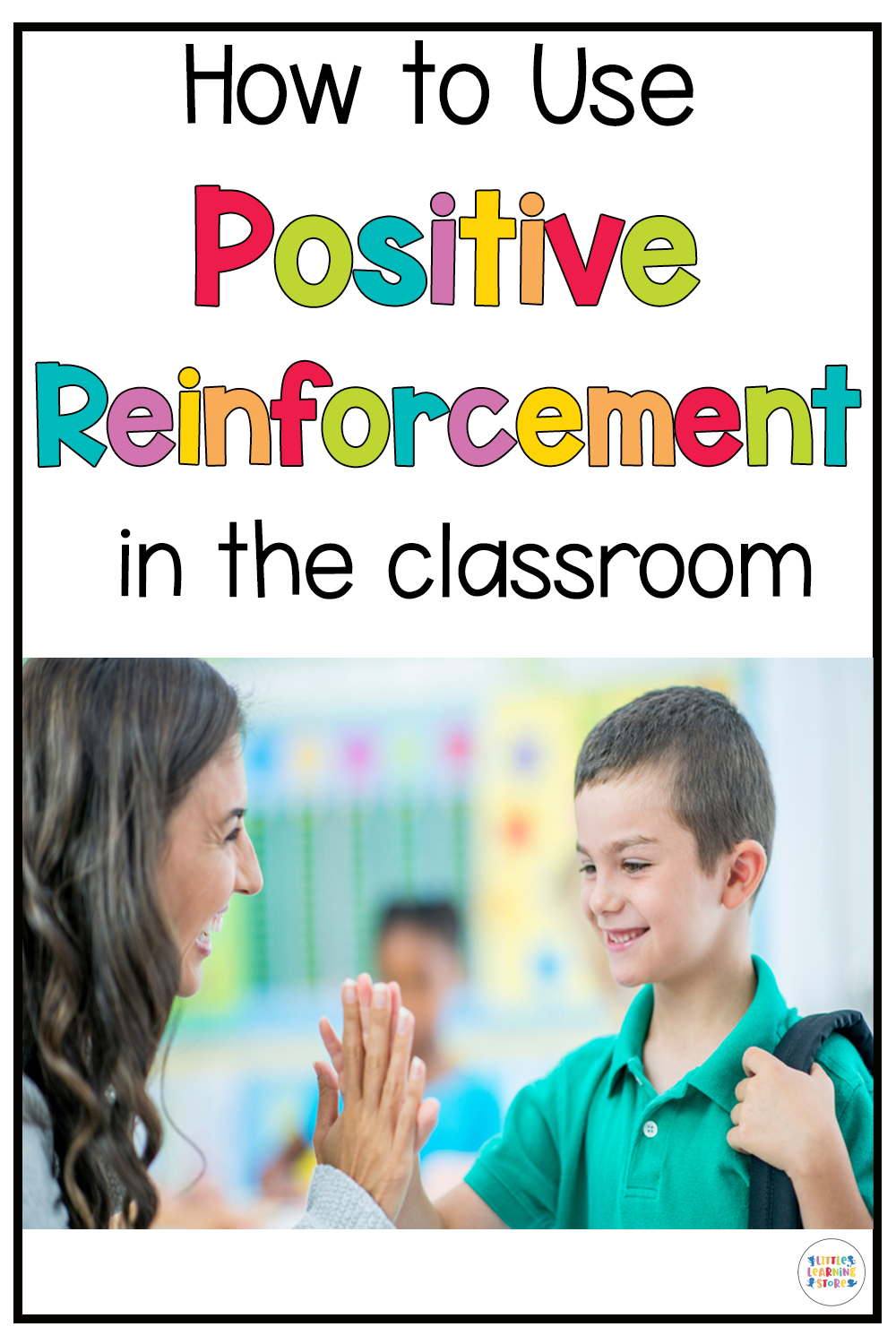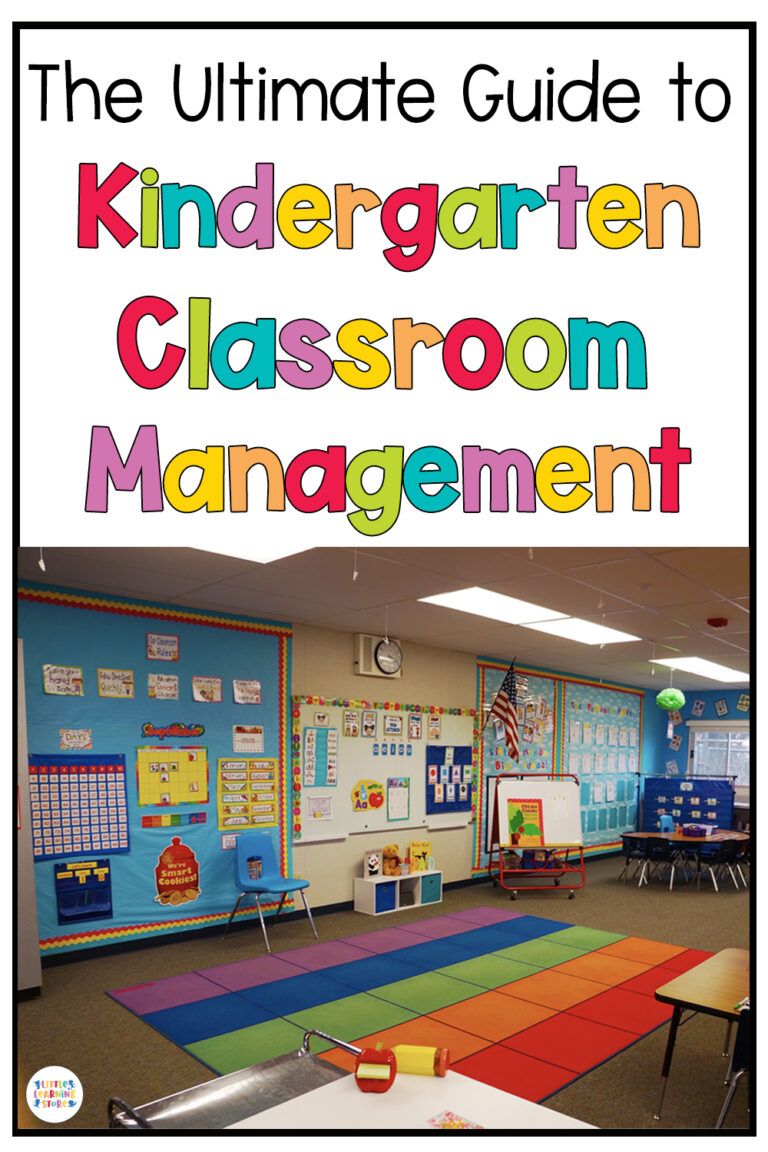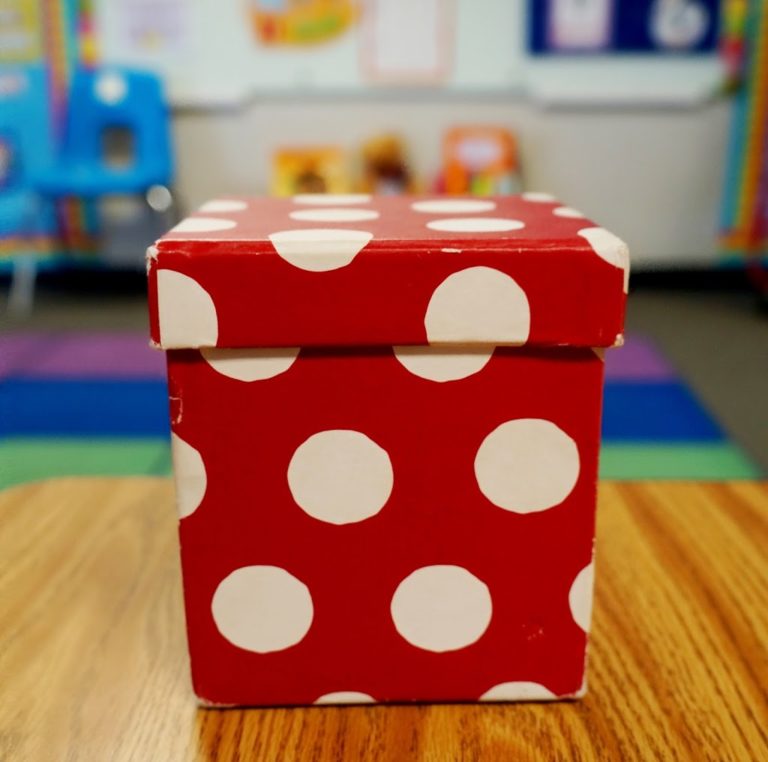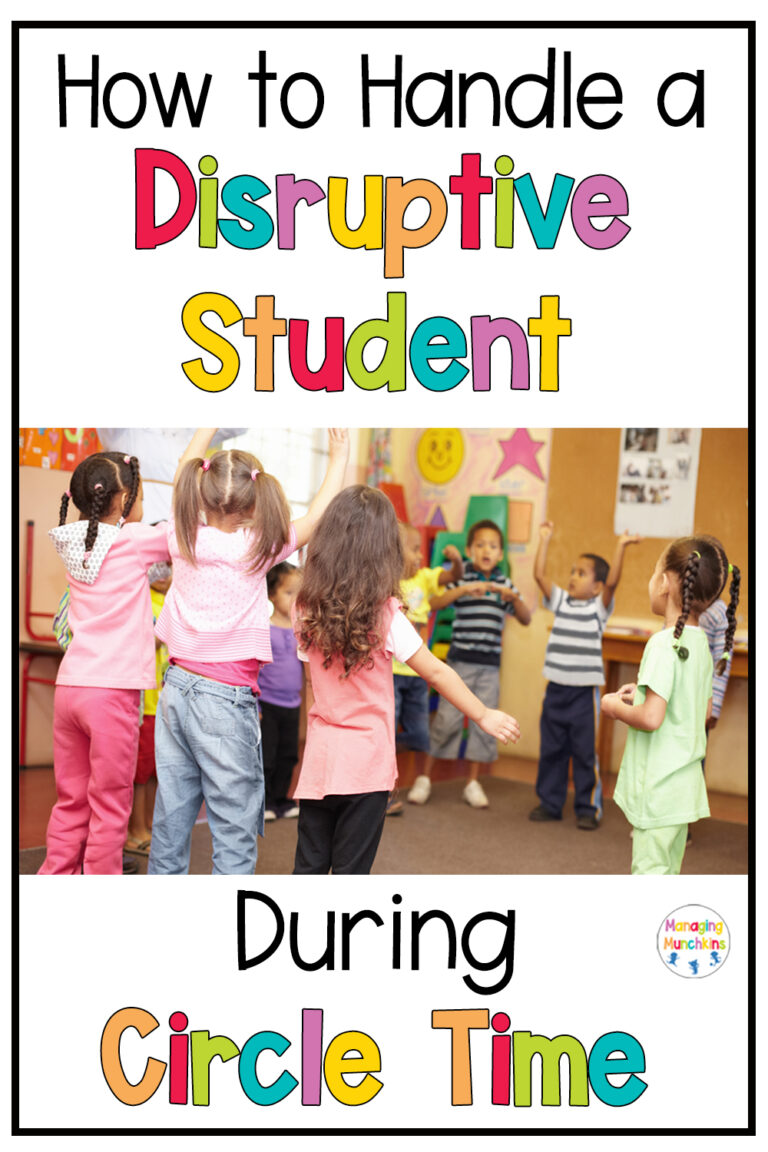How to Use Positive Reinforcement in the Classroom
Hey there, teacher friend! As many of us know, creating a positive learning environment is key to successful teaching. And a powerful tool in achieving this is positive reinforcement. Positive reinforcement is a technique that can be used to encourage desired behaviors in the classroom by rewarding students for good behavior. It’s a great way to motivate students, build their confidence, and create a culture of positivity in your classroom. So, let’s take a look at how to use positive reinforcement in the classroom!

How to Use Positive Reinforcement in the Classroom
Define Your Classroom Expectations
The first step to using positive reinforcement is defining clear classroom expectations. This means setting clear guidelines and rules for behavior in the classroom. Once you have a set of expectations, you can then define the behaviors you want to reinforce.
The best way to do this is by SHOWING your students exactly what you expect from them. For example, if you want students to raise their hands for permission to speak, act out what students should and shouldn’t do. Once your expectations are clear, reinforce them consistently throughout the year using positive reinforcement (more on that later!)
Determine Your Rewards
The next step is to determine your rewards. However, we don’t want to just chose a random reward and hope that our students are motivated by it. The key here is to make sure the rewards are meaningful to students. Rewards can be tangible, such as stickers, treats, or small toys, or intangible, such as praise or extra privileges. Again, just make sure your students are motivated by whichever one you choose.

Acknowledge Positive Behaviors
When students meet or exceed the expectations you’ve set, it’s time to celebrate their positive behavior! This could be as simple as saying “great job on raising your hand!” or “thank you for being a good listener.” Just be sure to be specific in your praise, so students know exactly what they did well and they know how to repeat it.
Be Consistent
One of the most important aspects of positive reinforcement is consistency. Make sure to praise and reward the desired behavior every time you see it. This helps students understand that good behavior is always rewarded, and encourages them to continue to strive for positive outcomes. The last thing we want is to confuse our students and feel like our positive reinforcement is sporadic and unpredictable. Obviously we won’t be perfect at this, but do your best to praise the desired behavior whenever you see it.

Avoid Negative Reinforcement
It’s important to remember that positive reinforcement is not the same as negative reinforcement. Negative reinforcement is when you punish or reprimand students for negative behavior. While it may seem like a quick way to correct behavior, it’s not as effective as positive reinforcement in the long term. Negative reinforcement can also lead to resentment and a negative attitude towards learning, which is what we don’t want! However, this doesn’t mean that we never, ever use a consequence for student behavior, but we really want our main focus to be on praising positive behavior.
Final Thoughts on Using Positive Reinforcement in the Classroom
Positive reinforcement is a powerful tool for creating a positive classroom environment. By defining clear expectations, determining rewards, acknowledging positive behavior, being consistent, and avoiding negative reinforcement, you can create a culture of positivity and encouragement that will lead to a successful learning environment. And studies show again and again that this has the biggest influence on students’ success. So, get ready to start praising your students and watch as they thrive!
Want more on how to use positive reinforcement in your kindergarten classroom?
Want to hear more about how to create a behavior plan that actually WORKS and transforms student behavior? Check out my post “The Ultimate Guide to Kindergarten Classroom Management.”





